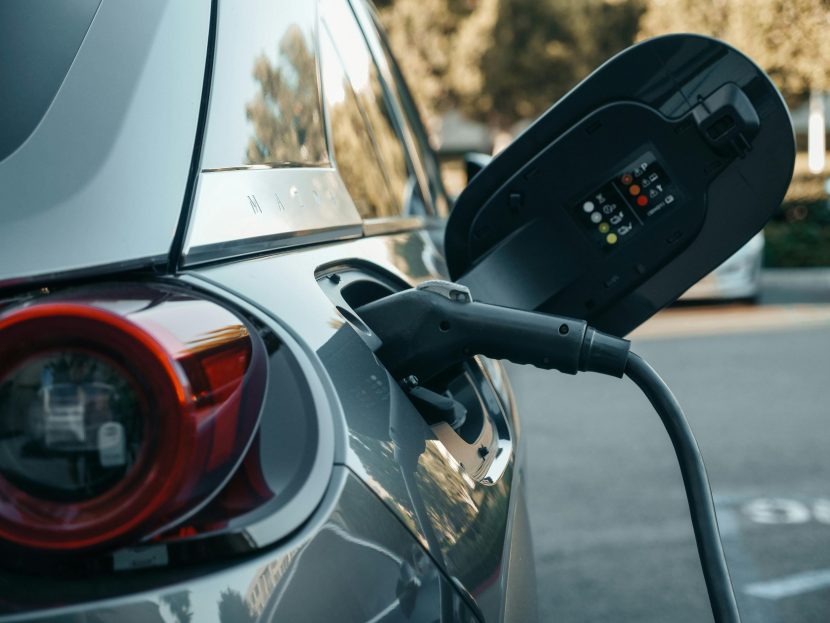Taskforce on Nature-related Financial Disclosures (TNFD)
The GFI
The GFI co-chaired the Informal Working Group which launched the Taskforce for Nature-related Financial Disclosures – a set of disclosure recommendations and guidance that enables business and finance to asses, report and act on their nature-related dependencies, impacts, risks and opportunities.
Our CEO, Rhian-Mari Thomas, is currently an advisor to the chairs; the GFI also hosts the global secretariat, and convenes the UK Consultation Group (CG).
The UK CG has over 1,500 members and is the most engaged geographic consultation group across the world. 46 of the 320 TNFD early adopters are based in the UK – 20% of total early adopters.
We also hosted the UK launch of the TNFD Recommendations in 2023.










